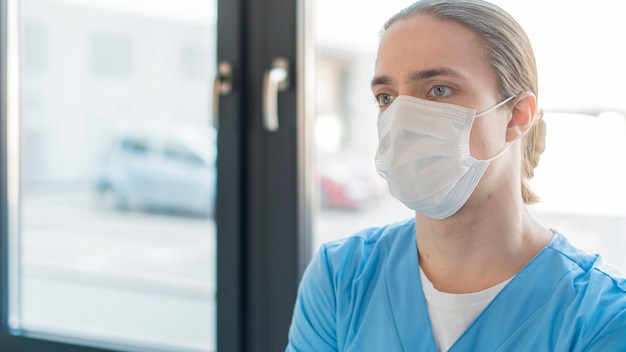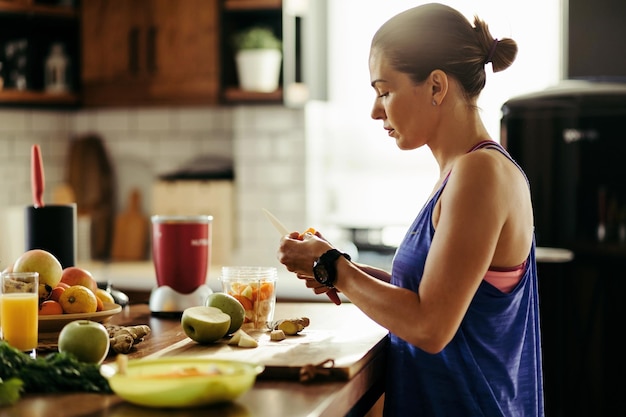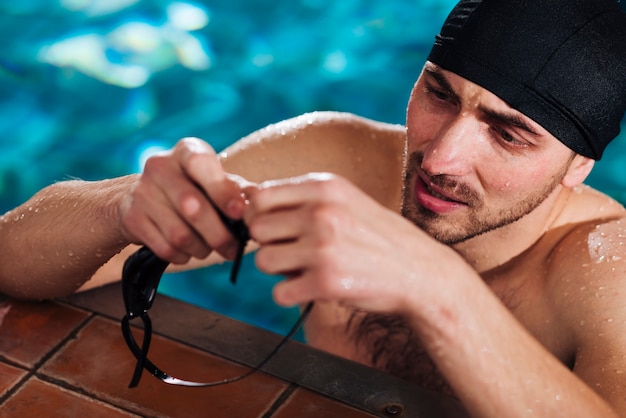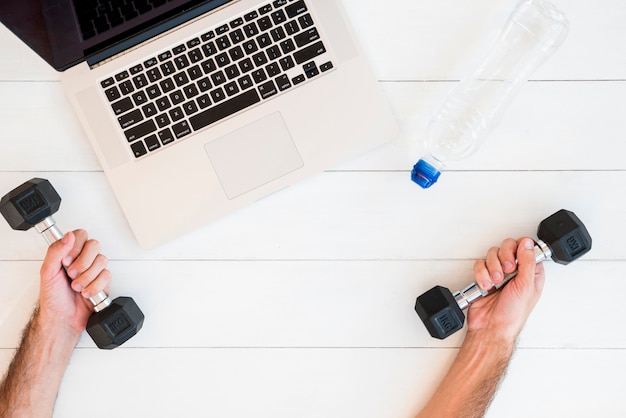Staring at screens for hours, forgetting to drink water, and relying on coffee to stay alert—sound familiar? If you're a desk worker, poor hydration could be silently undermining your focus, energy, and long-term health. Even mild dehydration can cause fatigue, headaches, and reduced cognitive performance.
The good news? With a few simple, actionable changes, you can hydrate better, feel sharper, and avoid the common pitfalls most office workers don’t even realize they’re making.
Thirst is a late sign of dehydration. By the time you feel thirsty, your body is already low on fluids. Desk workers often ignore early signals because they're focused on tasks.
Action Step: Set hourly reminders to drink water, even if you don’t feel thirsty.
While moderate caffeine isn’t severely dehydrating, it’s not a substitute for water. Caffeinated drinks can increase urination and may contribute to fluid loss if not balanced with water.
Action Step: Follow the 1:1 rule—drink one glass of water for every cup of coffee.
A small bottle means constant refills and less motivation to keep drinking. If it’s not visible or convenient, you’ll forget.
Action Step: Use a large, marked 1-liter bottle with time indicators to track intake.
After 6–8 hours of sleep, your body is naturally dehydrated. Starting your day without water delays rehydration.
Action Step: Drink a full glass of water as soon as you wake up.
The '8x8 rule' (eight 8-oz glasses) is a general guideline, but needs vary by weight, activity, and climate.
Action Step: Aim for 30–35 ml of water per kg of body weight daily. For a 70 kg person, that’s 2.1–2.5 liters.
Subtle signs—dry lips, fatigue, dark urine—are early dehydration signals many overlook.
Action Step: Monitor urine color: pale yellow = well-hydrated; dark = drink more.
Chugging 500ml in one go doesn’t hydrate better. Your kidneys can only process so much at once.
Action Step: Sip steadily throughout the day for optimal absorption.
Back-to-back meetings often mean missed hydration windows.
Action Step: Always bring a water bottle to meetings and take sips during pauses.
Sodas and fruit juices may contain water, but high sugar content can impair hydration and cause energy crashes.
Action Step: Choose water, herbal teas, or infused water instead.
Even a short walk or gym session increases fluid needs. Desk workers who exercise need to plan hydration around activity.
Action Step: Drink 500ml water 1–2 hours pre-workout, sip during, and rehydrate after.
Foods like cucumbers, oranges, and soups contribute to daily fluid intake. A diet low in fruits and veggies reduces hydration support.
Action Step: Include at least 2–3 water-rich foods in your daily meals.
Alcohol, excess caffeine, and some medications increase urine output, raising dehydration risk.
Action Step: Limit alcohol and balance diuretics with extra water.
Dry indoor air increases fluid loss through breathing and skin evaporation.
Action Step: Increase water intake by 10–20% in climate-controlled environments.
If your tap water tastes bad, you’re less likely to drink it.
Action Step: Use a filter or add lemon/cucumber for better taste.
Without tracking, it’s easy to underestimate how much you drink.
Action Step: Use a hydration app or mark your bottle with time goals.
Overhydration can dilute sodium levels, leading to hyponatremia—a rare but serious condition.
Action Step: Spread intake evenly; avoid more than 1 liter per hour.
Long hours, stress, and minimal movement affect electrolyte levels, especially if you sweat or drink a lot of water.
Action Step: Include electrolyte-rich foods (bananas, spinach, nuts) or use sugar-free electrolyte drops if needed.
Without habits, hydration depends on willpower—which fades under stress.
Action Step: Link water intake to daily cues: after bathroom breaks, before emails, or during stretch breaks.
If most apply, you're on the right track. If not, revisit the action steps and pick 2–3 to focus on this week.
Hydration isn’t just about drinking water—it’s about building sustainable habits that support your health and productivity. Start small, stay consistent, and watch how better hydration transforms your workday.

Wellness

Wellness

Wellness

Wellness

Health

Wellness

Wellness

Wellness

Wellness

Wellness

Fitness

Fitness

Health

Fitness

Health

Health